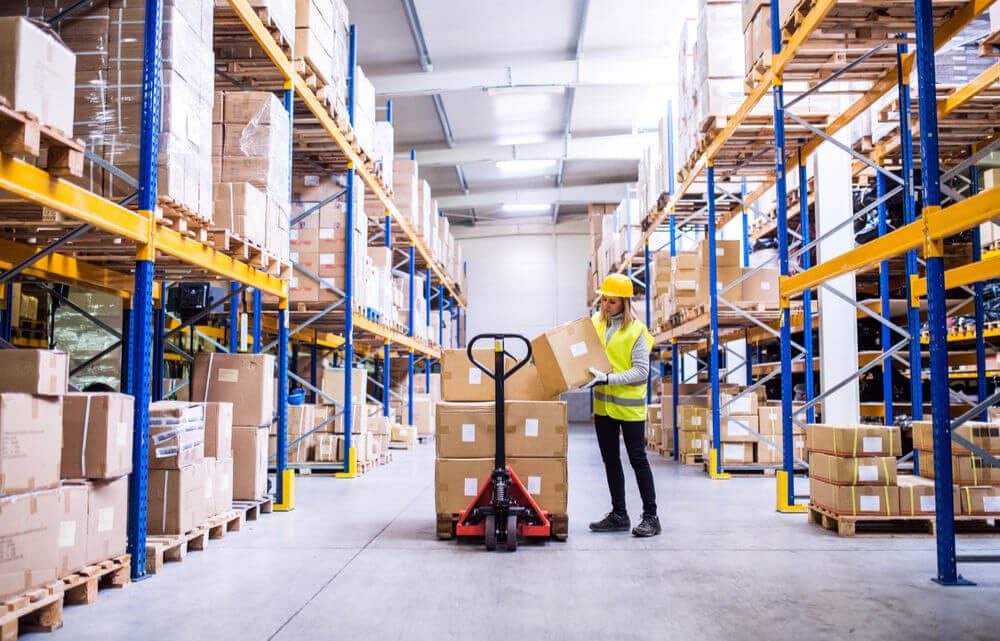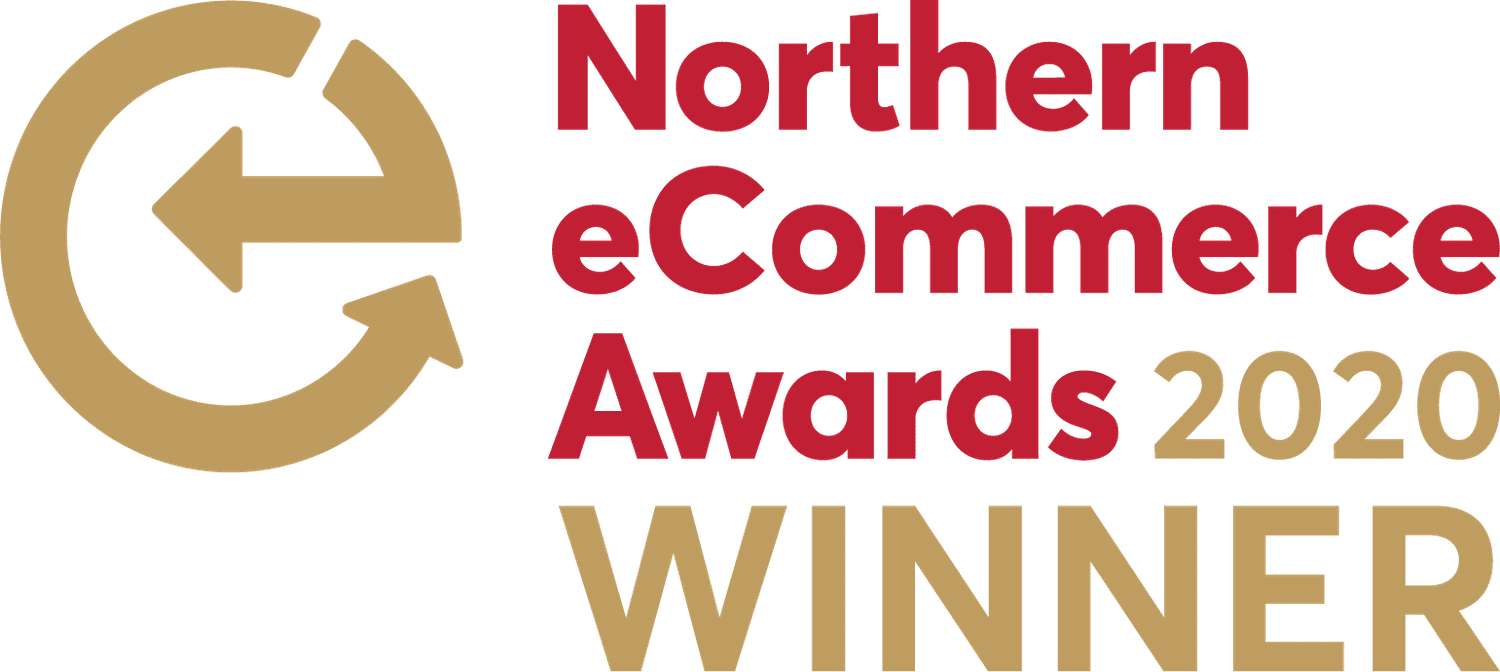We’ve spoken a lot on our blog about fulfillment partners and third party logistics providers. But, we also often get questions around the fulfilment centres themselves – how do they work in practicality?
So, for this week’s blog, we wanted to break down exactly how fulfilment centres work. From receiving your inventory to shipping out your orders, there is a lot that goes into ensuring you ultimately have an efficient business with a happy customer at the end of your supply chain.
Read on to find out more…
Is Warehousing Different to a Fulfilment Centre?
Firstly, people new to 3PLs often wonder if warehousing and fulfillment mean different things.
A fulfilment centre does involve warehousing. But, warehousing is not always the same as order fulfilment.
Confused?
Let us explain a bit more…
Warehousing is basically the process of storing your goods. This could be in a large, industrial building, or even a garage or spare room.
If you were to rent warehousing space, that is pretty much all you would receive – an area in which you can store your goods until you need to send them out. All of the logistics, inventory management, order processing picking and packing, delivery options and shipping would have to be arranged by yourself.
A fulfilment centre, on the other hand, takes a much more active role. While it does include warehousing by storing your goods for you, this is just one small part of the whole fulfillment process. A fulfilment centre is an entire link in your supply chain, helping you control your inventory, ordering process, customer experience and shipping, whether between suppliers, internationally or direct to the consumer.
Unlike rented warehouse space, a fulfilment centre is often much more flexible in terms of size and other facilities they can offer. If you outgrow your initial space, or see a drop in business, many fulfilment centres can cater to this and allow your business to continue to grow – unlike a warehouse, where you may need to find new premises.
Of course, many fulfilment centres vary in what they actually offer, though a good fulfilment partner should at least cover these bases as a minimum. We have a great blog post on how to choose the right order fulfilment partner with more information on this.
Now, How Do Fulfilment Centres Actually Work?
So, let’s look a little closer at how fulfilment centres actually work, step-by-step…
The Fulfilment Centre Receives Your Products
Once you have created or bought the products you intend to sell and distribute, the fulfilment centre of course needs to receive them. The way this works depends on your business – you might send your products directly from your own production line, or you might have multiple suppliers providing your inventory from various locations.
In fact, there are a number of variations here that could affect how your fulfilment centre will work for you. But, whether your order fulfilment centre is receiving international freight or B2B inventory, they should keep track of every single item and SKU that enters their warehouse. This information will then be available for you to see.
Once your inventory is received, logged and quality checked, your fulfilment centre will store your products in a suitable way – including any speciality conditions that you should have agreed upon beforehand.
Orders are Received from Customers
Once your products are in stock and live on your website, your orders should start to come in.
A good order fulfillment centre should process all your orders and provide accurate communication with your customers. This means sending out confirmation emails or text messages, along with any dispatch updates.
Most good fulfilment centers work with state-of-the-art pick and pack technology, which ensures every order is accurate and packaged up to your liking or with your custom packaging. This software also ensures this process is handled quickly, which is vital for fulfilling next-day delivery orders that your customers are relying on. Fulfilment centres are run with their own team of trained staff, too, so you don’t need to worry about sourcing your own warehouse employees.
The fulfilment centre will then update your inventory management software with the outgoing stock, so you can immediately see how the flow of your products.
Delivery is Arranged
One of the main reasons fulfilment centres work so well for many businesses is their ability to ship orders efficiently and cost-effectively.
The best fulfilment centres work with some of the biggest couriers, with both national and global networks. As they ship large numbers of orders on a daily basis, they are able to spread costs and negotiate lower shipping rate contracts, which your business can then benefit from.
This also means more delivery options available to you that you may not have been able to offer if you only rented warehousing space.
When shipping orders out, a good fulfilment centre will work with all compliance guidelines required, whether for B2B orders or Amazon FBA. All labels and paperwork will be provided at the fulfilment centre, so you don’t need to worry about rejected deliveries.
You Get A Full View Via Inventory Management Software
Inventory management is a key factor in how fulfilment centres work. With all of your incoming and outgoing stock being handled by your fulfilment partner, it is even more vital that you have a detailed view of exactly what you have in your warehouse.
A good fulfilment centre should be able to provide you with real time insights and stock alerts that ensure you always have the products you need available – and, that slow moving stock isn’t sitting on shelves for too long. This is essential to ensure your demand and sales forecasting is going as planned, or if you are seeing certain product lines selling faster than expected.
This inventory management software works by integrating with your current e-commerce store, giving you easy and convenient access that doesn’t disrupt your business.
You can read more about what the essentials of inventory management software are here.
Ps, if you want to know more about how fulfilment centres work, contact 3PL for a chat about we can help your business grow.
More from the 3PL blog…
What is a Third Party Logistics Provider | Which eCommerce Order Fulfilment Strategy is Best For Your Business? | Amazon FBA: The Advantages & Disadvantages







